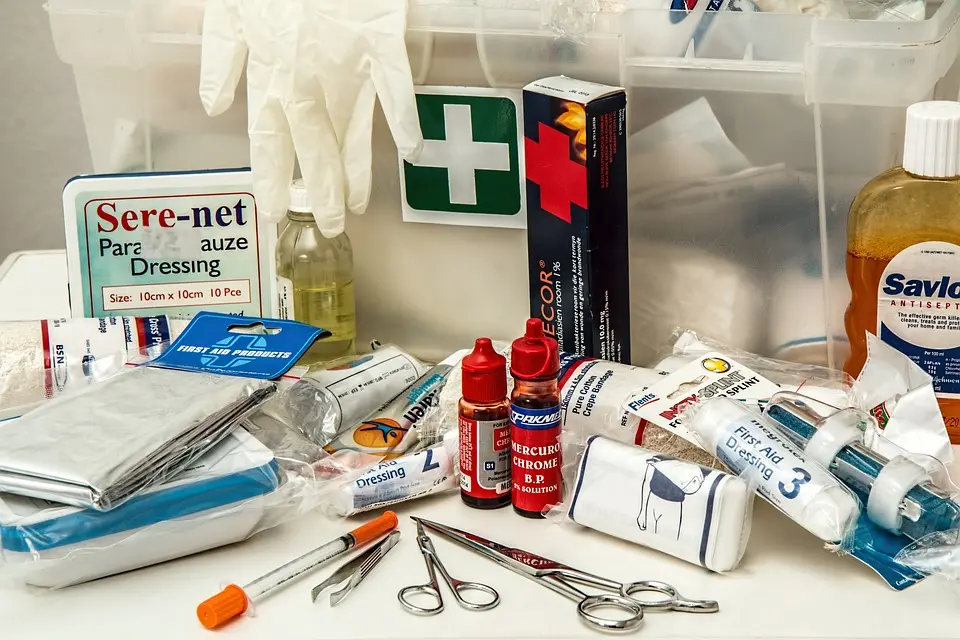Table of Contents
Are you a novice driver going on a road trip with your friends? Here are 9 driving safety tips to make your first road trip a success.
Whether you’re planning to meet relatives or go see a new part of the country, road trips are a wonderful way to get around. Not only is getting there by car often cheaper and more convenient than the alternatives but going on a road trip also gives you a chance to plan fun stops along the way. Whether it be to see interesting attractions, visit cities that are along your route, or just let yourself fall for a fun tourist trap.
All of that is fun, of course, but a big part of planning a road trip is worrying about safety. There is a lot that can go wrong on the road, and the risk is even bigger if you’ve never been the driver on a long road trip before. If you’re preparing to drive a road trip for the first time, here are some good safety tips to keep in mind.
1 – Start well-rested

Being drowsy or falling asleep behind the wheel are both common causes of road accidents. And depending on where you happen to fall asleep, the resulting accident may cause serious damage to you or other people on the road.
Even if the injuries aren’t serious, you might still need to hire the best accident attorney you can find to help you with the legal ramifications of the accident. And that’s not a great way to start a fun trip.
We’ll go over what you should do if you start to feel drowsy behind the wheel later in this guide. But the best way to solve the problem is to avoid it entirely. Do your best to get a good night’s sleep before your big trip.
If you’re planning to wake up early to hit the road, start waking up at that time a few days earlier. That will give your body more time to get used to that sleep schedule, which should — hopefully — help you be less drowsy on the day of the actual trip.
2 – Don’t travel alone

Solo road trips can be a lot of fun, but going alone is not recommended in general. And it can be particularly dangerous for beginners. If you’re sitting alone in a climatized car for hours upon hours with no one to watch you or make small talk, you may not realize how tired or distracted you are until it’s too late.
If possible, get a travel partner. The ideal partner would be someone who is also a driver, so you two can split your driving duties to keep the other from getting too tired. But even having a non-driver to keep you company can help improve your safety.
3 – Get your car checked
Car issues during a long road trip can leave you stranded and cause an accident at worst. You can reduce your chances of a breakdown by having a qualified mechanic do a full checkup of your vehicle before the trip to look for any glaring issues.
Make sure the vehicle is well cleaned, both the exterior and the passenger compartment. Make sure that windshields, windows, headlights, lights and mirrors offer good visibility and are free of stains that may hinder driving.
Check all lights (low beam, high beam, halogen headlights, fog lights, taillights, brake lights, rearview lights, and turn signals) and their settings.
Check that you have all the necessary spare parts: spare tire in good condition, puncture repair kit, coolant, a small case with some tools, the car’s jack, etc.
4 – Plan breaks

Regular breaks are a must on long road trips. You’ll need time not only to go to the bathroom and eat something but also to stretch and walk around for a bit. Small breaks like these can go a long way towards helping to combat highway hypnosis and keep you focused on the road.
There isn’t a hard and fast rule for how often you should take a break. A good rule of thumb is to try to do it every two hours, and while you shouldn’t drive much longer than that without breaks, there is no harm in stopping every hour if needed.
It may be tempting to try and get back on the road as fast as possible. But to fulfill their purpose, these regular breaks need to give you enough time to rest and clear your head. It’s usually best to stop for at least 15 minutes.
5 – Stay hydrated
Hydration is important in general, but it is even more important when you’re driving. Why? Because dehydration can cause tiredness, dizziness, and headaches, and it can reduce your reaction speeds. Needless to say, all of these are problems you want to avoid as a driver.
As for how much you should drink, there isn’t a clear rule here. The best answer is to drink when you’re thirsty or to try to drink as much as you do at home. Just keep in mind that overhydration can also cause issues, so you don’t want to be chugging massive amounts of water either.
6 – Bring easy snacks
Indigestion is unpleasant in general, and it can make driving for long periods much more difficult. It is fine to indulge in unhealthy snacks when you’re on vacation, but you should hold off on that until you arrive at your destination.
For your trip, you should pack healthy and easy-to-digest snacks. Avoid eating anything too greasy or salty. And if you stop to have lunch on the way, avoid overly seasoned or exotic foods. Something basic and familiar will work best.
You should also avoid eating behind the wheel. It’s best to snack during your breaks.
7 – Prepare an emergency kit

No one wants to end up stranded on the road. But if it happens to you, having an emergency kit on hand can help things go smoother.
Your emergency kit should have some basics, like a first aid kit and a flashlight. But you also want to bring modern conveniences like a spare phone, a power bank, a phone charger, and more. Things to help make sure you can call for help if you end up stranded in the middle of nowhere.
Plan for situations where you might have a phone signal but a terrible internet connection. Save emergency numbers in your contacts or have them in writing, so you can find local 24/7 tow trucks and mechanics without needing to look for options online.
8 – Prepare and study your route well in advance

Using GPS on your phone can make getting to your destination much easier. But it is still a good idea to go over the recommended route and look for anything that may raise an eyebrow. Your GPS may be recommending that you cross a city that you’d rather avoid. Or there might be tricky junctions in your path where figuring out which exit is the right one is difficult.
You can spot these and other issues by skimming the suggested route a few days before your trip. Most navigation apps give users the option to change the planned route manually, which can help them avoid undesired spots. You can also use Google’s Street View to inspect tricky parts of the trip.
9 – Learn from other travelers
If you’re driving a route for the first time, it can be a good idea to see what other people who have made that journey recently have to say. You might learn about which roads to avoid, which hazards you should keep an eye out for, and the general condition of the road.
See if anyone you know has driven on a similar route recently. You may also be able to find information related to the state of the road online by checking blog posts and videos made by other travelers.










